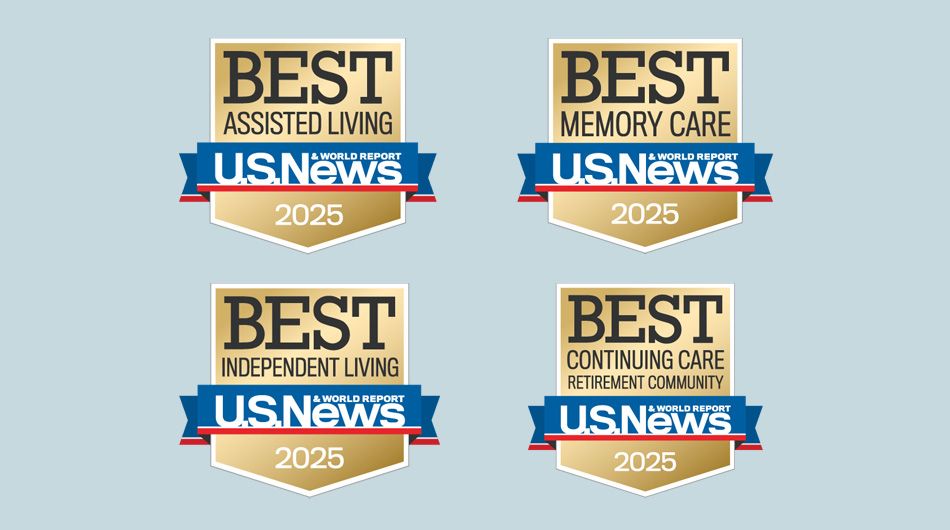
As Yogi Berra once said, “If you don’t know where you are going, you’ll end up someplace else.” In last week’s article, we discussed the importance of creating a strategic plan, and how it can help benefit your business. Now it is time to create your plan. Creating a strategic plan can be overwhelming and stressful; however, it is one of the most beneficial things you can do for your company. If you don’t know how to create a strategic plan, here are a few tips to help you get started:
1. Identify Your Goals
Before you begin the new year, sit down and identify your goals for 2017. When deciding your goals, remember to keep it simple. Always ask yourself, “What can I simplify?” What processes can be made more efficient? In what ways can you simplify your business model? The clearer your goals are, the higher the likelihood will be of completing them.
One easy way to simplify this process is to reduce your number of goals. Although having 10-15 goals is ambitious, you will most likely only accomplish three to five due to time and resources. In the end, it’s better to have quality goals over a quantity of goals. Decide which goals will best benefit your business, and then build your strategic plan around them.
If you’re stuck trying to decide where your business can improve or what goals you should have for the new year, reviewing the industry benchmarks is a great place to start. Every year, Activated Insights releases the Annual Home Care Benchmarking Study based on research we gather from home care businesses across the nation. The 2016 Home Care Benchmarking Study is our most recent study, and it has excellent information on industry benchmarks for all areas of the home care, sales and marketing, client/caregiver satisfaction, operations, and finance. If you don’t already utilize this study, it is a great resource to help you identify problem areas and where you can make improvements.
Another element to incorporate in your goal planning is to look at future opportunities for your business. Maybe you’re expanding your home care business to other regions, you have new referral sources, or you’re widening your care to specialize in Alzheimer’s care. Whatever the opportunity is, make an effort in your strategic plan to focus on those opportunities and optimize on them.
2. Payoff/Desired Outcomes
Your payoffs are the end results of each goal. Payoffs are the reason you have a strategic plan in the first place—it is the “why” behind each goal. For example, if you want to decrease your caregiver turnover from 48% to 35%, the payoff, or result, from that goal is a consistency in care and increase in client satisfaction. When you are creating your strategic plan, write down as many payoffs for each goal as possible to help you identify how this goal will benefit your business.
3. Identify Obstacles
With every goal, you’re going to have obstacles. For each goal you have, identify as many obstacles as you can. After you’ve identified your obstacles, create one to two strategies to overcome each obstacle. Just like with creating your goals, you want to keep your strategies simple. If you have more than one to two strategies per goal or the strategy is too complex, it may prove to be too overwhelming and could make it less likely that your goal will be accomplished.
4. Create Your Team Action Plan
Now for the difficult part of the goal setting process: taking your strategies and putting them into action. Start by breaking down each goal one by one, and create a step-by-step action plan on how you will accomplish each goal. When breaking down your goals, instead of creating a list of to-dos, ask yourself “What is the next step?” By asking yourself this question, you are breaking each goal down to its smallest part and creating a realistic way in which to accomplish your goal. This is also your opportunity to inform your team of your strategic plan, and how each one of them plays an essential role in achieving your plan.
Identifying where you need to improve is only the first step to this process. It essential to draw up a strategic plan and follow it as closely as possible. When you accompany your goals with a precise and detailed strategic plan, you will increase your likelihood for success and help ensure that each goal is achieved. Each one of these steps play a crucial role in identifying your goals and completing them. You will see success, and you will see setbacks, but the key is to keep trying. If you strive to always remember why you built your home care business, and the lives you are touching through your care, you will not go wrong.
Visit our free resource library to access many tools and webinar replays to help you create and execute your strategic plan.
Related Posts











